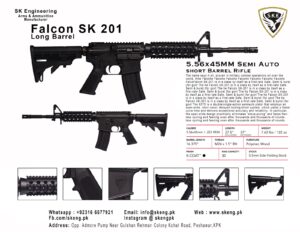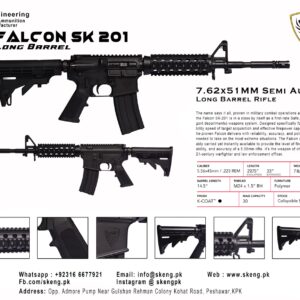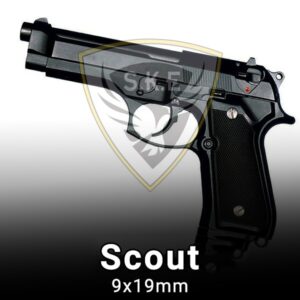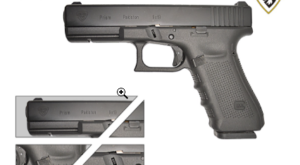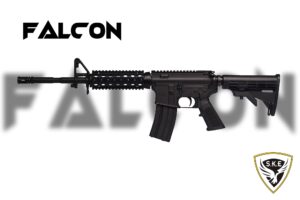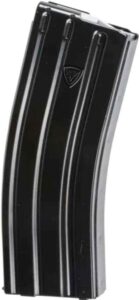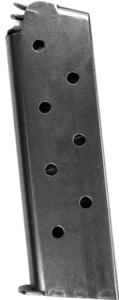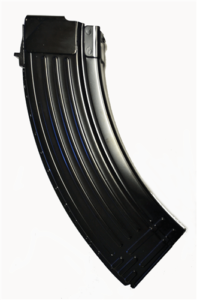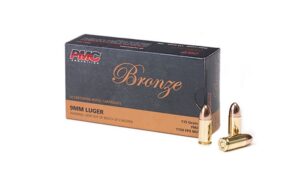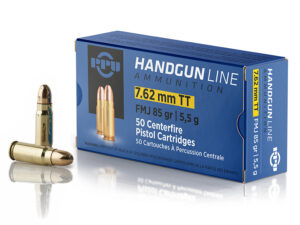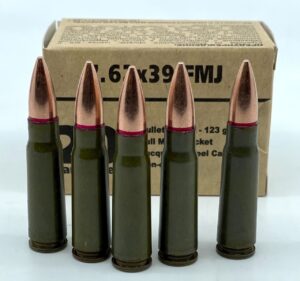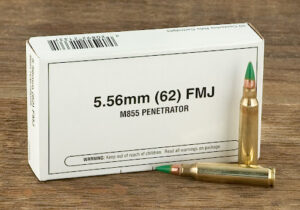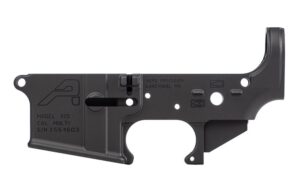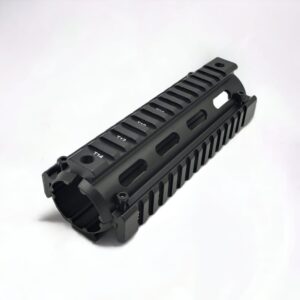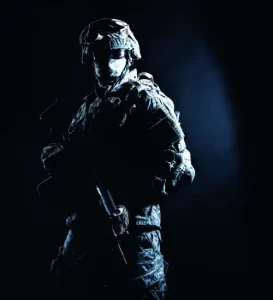Unveiling the Nexus: Weapons in D.I.Khan
In the rugged terrains of Dera Ismail Khan (D.I.Khan), a city deeply rooted in history and tradition, lies a silent but significant aspect that often escapes the limelight: the realm of weapons. D.I.Khan, situated in the Khyber Pakhtunkhwa province of Pakistan, has long been associated with its strategic importance, given its proximity to the restive tribal areas and the border with Afghanistan. In this narrative, we delve into the intricate tapestry of weapons in D.I.Khan, exploring their cultural, social, and geopolitical dimensions.
Understanding the Landscape of Weapons:
Weapons hold a multifaceted significance in D.I.Khan, mirroring its complex socio-political dynamics. Historically, the region has been a melting pot of diverse cultures, influenced by waves of conquests, migrations, and trade routes. Consequently, an array of weapons, ranging from traditional tribal arms to modern firearms, find their way into the hands of the populace.
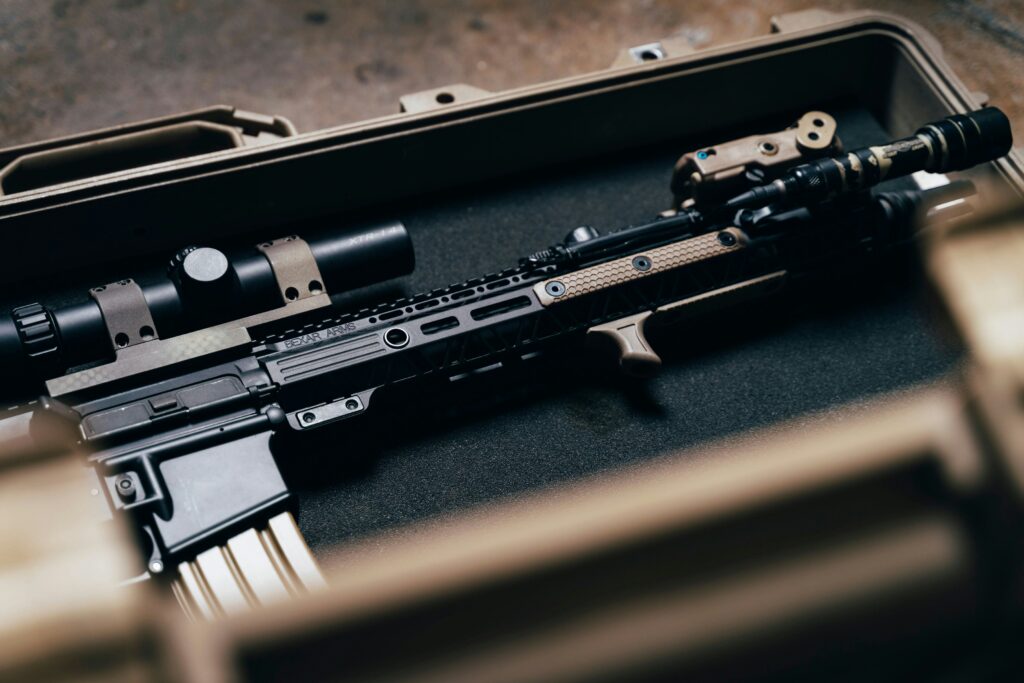
Heritage of Arms and Tradition:
At the heart of D.I.Khan’s weapon culture lies a deep-rooted tradition inherited from generations past. Tribal communities, such as the Wazirs, Mehsuds, and Dawars, have preserved their distinct martial heritage, characterized by iconic weapons like the Pashtun sword (pulwar), dagger (kard), and the long-barreled musket (jezail). These arms not only serve as tools of defense but also symbolize honor, courage, and lineage within the tribal hierarchy.
Socio-Economic Realities:
Beyond their cultural significance, weapons play a crucial role in the socio-economic fabric of D.I.Khan. In a region grappling with poverty and limited livelihood opportunities, the arms trade emerges as a means of sustenance for many. Local artisans specialize in crafting traditional weaponry, catering to both domestic demand and the thriving market for collectors and enthusiasts.
Geopolitical Implications:
The presence of weapons in D.I.Khan intertwines with broader geopolitical dynamics, especially concerning security and insurgency. The region’s proximity to conflict zones, coupled with porous borders, facilitates the illicit arms trade, supplying militant groups and fueling internal instability. Moreover, the proliferation of small arms exacerbates communal tensions and challenges state authority, posing a formidable security challenge for law enforcement agencies.
The Struggle for Regulation:
Efforts to regulate the circulation of weapons in D.I.Khan have been met with various challenges. Despite government initiatives to curb illegal arms trade and promote disarmament campaigns, deep-seated socio-economic factors, coupled with the porous nature of borders, hinder effective enforcement. Additionally, the cultural significance attached to weapons complicates disarmament efforts, as they are deeply ingrained in the social fabric of the region.
Towards Sustainable Solutions:
Addressing the issue of weapons in D.I.Khan necessitates a multi-faceted approach that acknowledges the complex interplay of historical, cultural, and socio-economic factors. Empowering local communities through education, vocational training, and economic opportunities can mitigate the reliance on the arms trade as a livelihood option. Strengthening border security and enhancing law enforcement capabilities are imperative to stem the influx of illicit arms.
Conclusion:
In the intricate mosaic of D.I.Khan’s socio-political landscape, weapons emerge as both a symbol of tradition and a catalyst for conflict. Understanding the dynamics of weapons in D.I.Khan requires a nuanced perspective that transcends simplistic narratives. By addressing the underlying socio-economic grievances and bolstering security mechanisms, D.I.Khan can chart a path towards sustainable peace and prosperity, where weapons are no longer synonymous with strife but rather with heritage and craftsmanship.
-
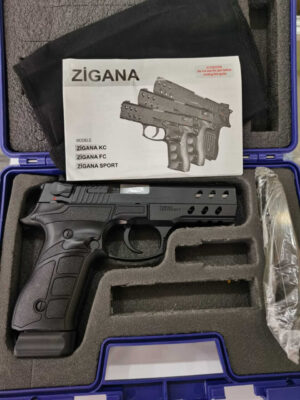
zigana original 9mm pistol price in pakistan
Read more -
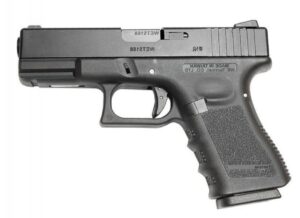
Glock 19 Pistol
Read more -
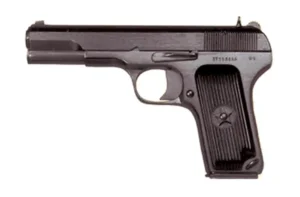
S.K Phantom 30
Read more -
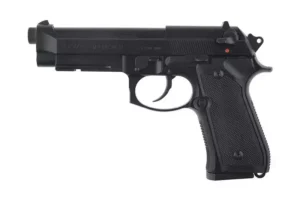
S.K Scout 9×19
Read more -

S.K PRISM 9X19
Read more -
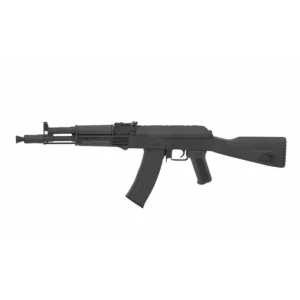
S.K Eagle 223
Read more -
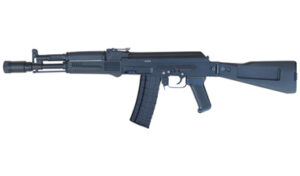
S.K EAGLE 7.62×51
Read more -

S.K Eagle 7.62×51 COMPACT
Read more -

S.K EAGLE 7.62×51
Read more -
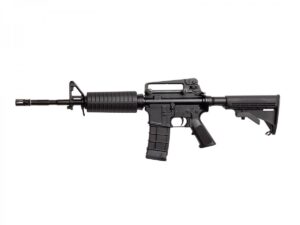
S.K FALCON 5.56×45
Read more -
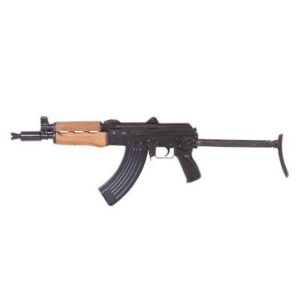
S.K.E Al-Badr 762V3 Compact
Read more -
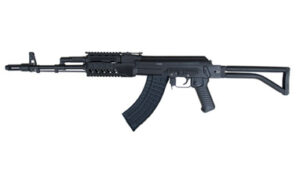
S.K.E Al-Badr 762V1
Read more -
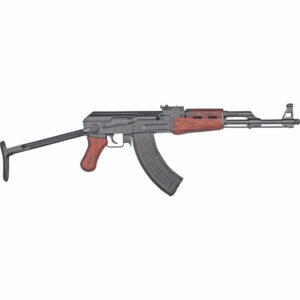
S.K.E Al-Badr 762V2
Read more -

MAG SK 9X19 V1
Read more -
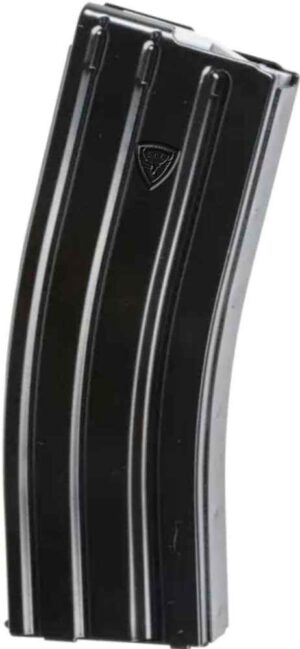
MAG SK 5.56X45
Read more -
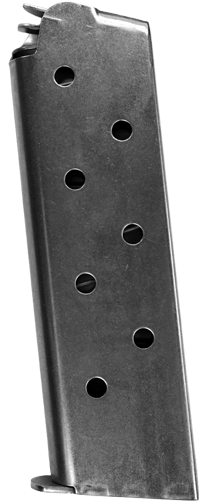
MAG SK 30
Read more

